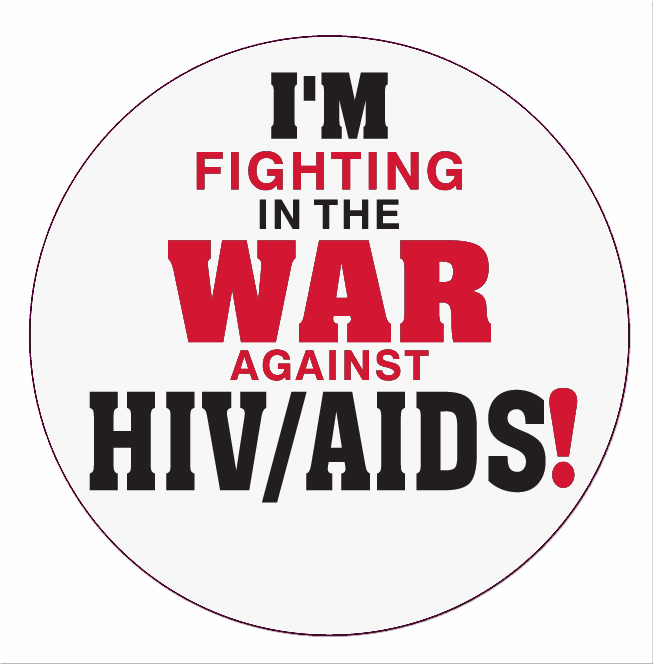Facts:
-
India brought down the number of new cases and deaths by 27% and 56%, respectively, between 2010 and 2017.
-
Tuberculosis is the biggest killer of HIV patients across the world. India is now able to treat over 90% of notified TB patients for HIV.
-
Social stigma surrounding AIDS-infected people in India, while high, is declining slowly too.
Program to control HIV:
Soon after the first few HIV/AIDS cases were reported in India, the Government recognized the seriousness of the problem and in 1992, India’s first National AIDS Control Programme (1992-1999) was launched, and National AIDS Control Organisation (NACO) was constituted to implement the programme.

NACP-I
- The objective of NACP-I (1992-1999) was to control the spread of HIV infection.
- During this period a major expansion of infrastructure of blood banks was undertaken. Infrastructure for treatment of sexually transmitted diseases in district hospitals and medical colleges was created with the establishment of over 500 STD clinics.
- HIV sentinel surveillance system was also initiated. NGOs were involved in the prevention interventions with the focus on awareness generation.
- The programme led to capacity development at the state level with the creation of State AIDS Cells in the Directorate of Health Services in states and union territories.
NACP-II
During NACP-II (1999-2006) a number of new initiatives were undertaken and the programme expanded in new areas –
- Targeted Interventions were started through NGOs, with a focus on High Risk Groups (HRGs). The package of services in these interventions includes Behaviour Change Communication, management of STDs and condom promotion.
- The School AIDS Education Programme was conceptualised to build up life skills of adolescents and address issues relating to growing up.
- Voluntary counselling and testing facilities were established in healthcare facilities to promote access to HIV counselling and testing. The interventions for prevention of parent to child transmission were also started.
- Free antiretroviral therapy (ART) was initiated in selected hospitals (ART centres) in the country. Development of indigenous vaccine and research on microbicides are some initiatives in HIV research.
- Other policy initiatives during NACP-II included National AIDS Prevention and Control Policy, National Blood Policy, a strategy for Greater Involvement of People with HIV/AIDS and National Rural Health Mission. The State AIDS Cells are converted to State AIDS Control Societies.
NACP-III
NACP-III (2007-2012) had the following four pronged strategy –
- Prevent infections through saturation of coverage of high-risk groups with targeted interventions (TIs) and scaled up interventions in the general population.
- Provide greater care, support and treatment to larger number of People Living with HIV/AIDS (PLHA).
- Strengthen the infrastructure, systems and human resources in prevention, care, support and treatment programmes at district, state and national levels.
- Strengthen the nationwide Strategic Information Management System
- Under NACP III, the decentralized model that evolved during NACP II further devolved to directly penetrate populations at the district level through District AIDS Prevention and Control Units (DAPCU).
NACP-IV
- NACP-IV (2012-2017) aims to accelerate the process of epidemic reversal and further strengthen the epidemic response in India through a well-planned integration process over the five-year period.
- The objectives of NACP-IV are to reduce new infections and provide comprehensive care and support to all PLHIV and treatment services for all those who require it.
- A number of new initiatives have been planned under NACP-IV.
- The national programme will continue to innovate and generate lessons from its performance management system and disseminate the best practices across the globe.
National AIDS Control Organisation
NACO is a division of Ministry of Health and Family Welfare that provides leadership to HIV/AIDS control programme in India through 35 HIV/AIDS Prevention and Control Societies, and is the nodal organisation for formulation of policy and implementation of programs for prevention and control of HIV/AIDS in India.
NACO works on creating awareness about HIV/AIDS, giving accurate and reliable information on the menace, clearing existing myths and misconceptions and providing practical skills that can be implemented at the individual’s level so as to lead to behaviour changes that minimise the risk of HIV infection
Centre to take control of HIV fight
- As India’s HIV policy struggles with a funding crisis, the Health Ministry — in a marked departure from the Centre’s policy on financial decentralisation — has taken back control of the programme’s funding.
- After a year of experimenting with routing money through State treasuries, the National AIDS Control Organisation (NACO)will once again route money directly to State-level AIDS societies from this month.
“Test and Treat Policy” for HIV patients
- As per this, anyone who is tested and found positive will get the necessary treatment free of cost.
- Anyone found positive will be provided with ART (Anti- Retroviral Therapy).
- The scheme will be a centrally sponsored scheme
Other initiatives:
- The government is set to launch a National Strategic Plan for HIV for the next seven years, which will be significant for ending AIDS.
- Recently, the government also passed the long-pending HIV/AIDS Act. The HIV/AIDS Act has the key provisions such as the prohibition of discrimination, informed consent, non-disclosure of HIV status, anti-retroviral therapy and opportunistic infection management, protection of property of affected children, safe working environment and provision for the appointment of ombudsman in every state.
Sources: